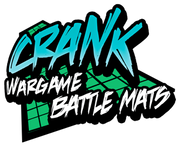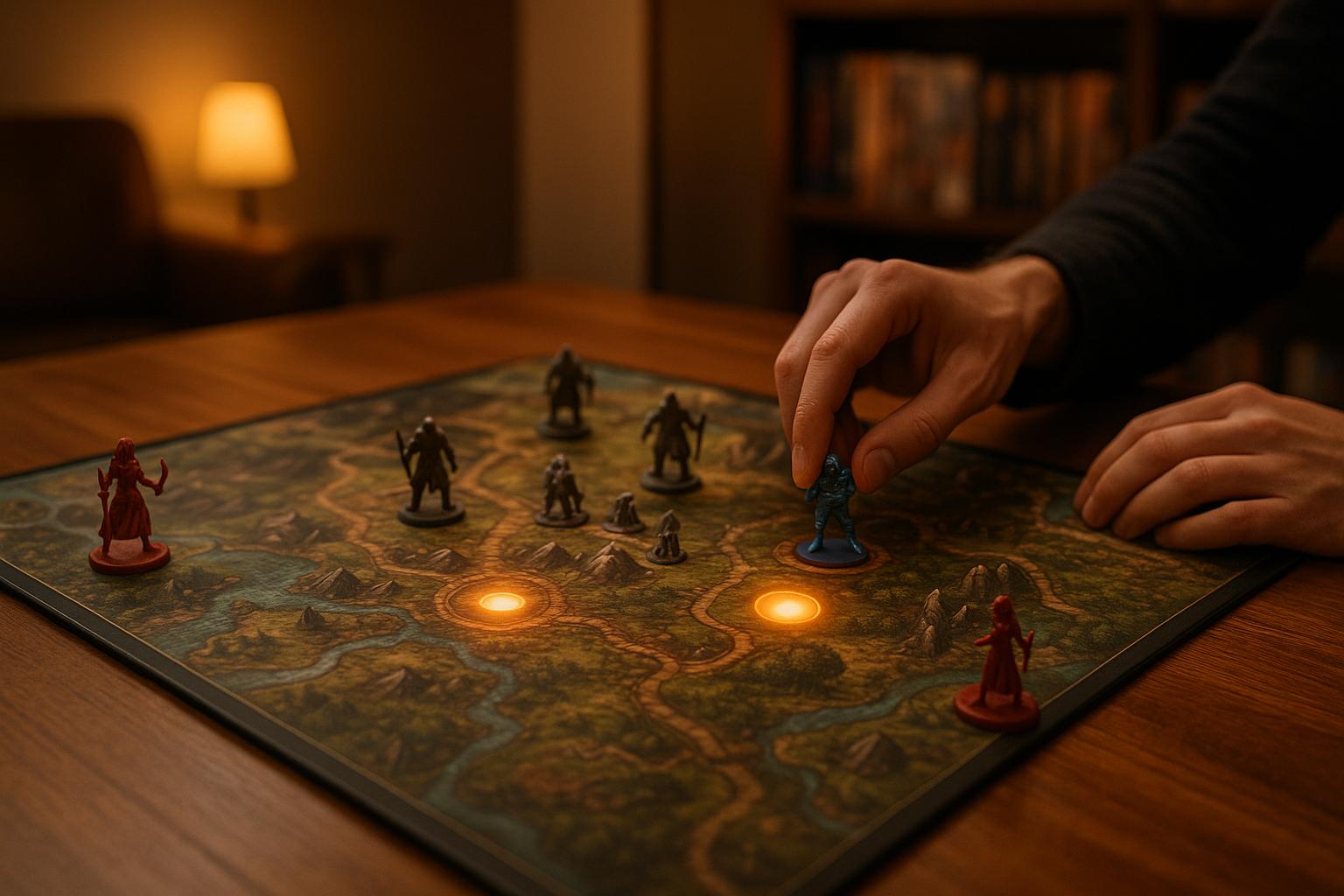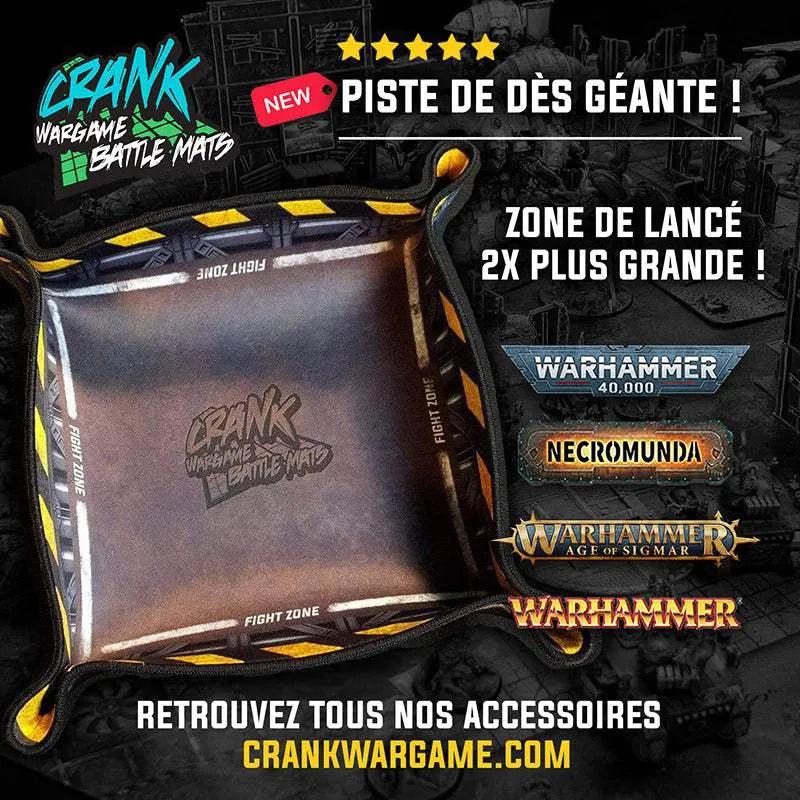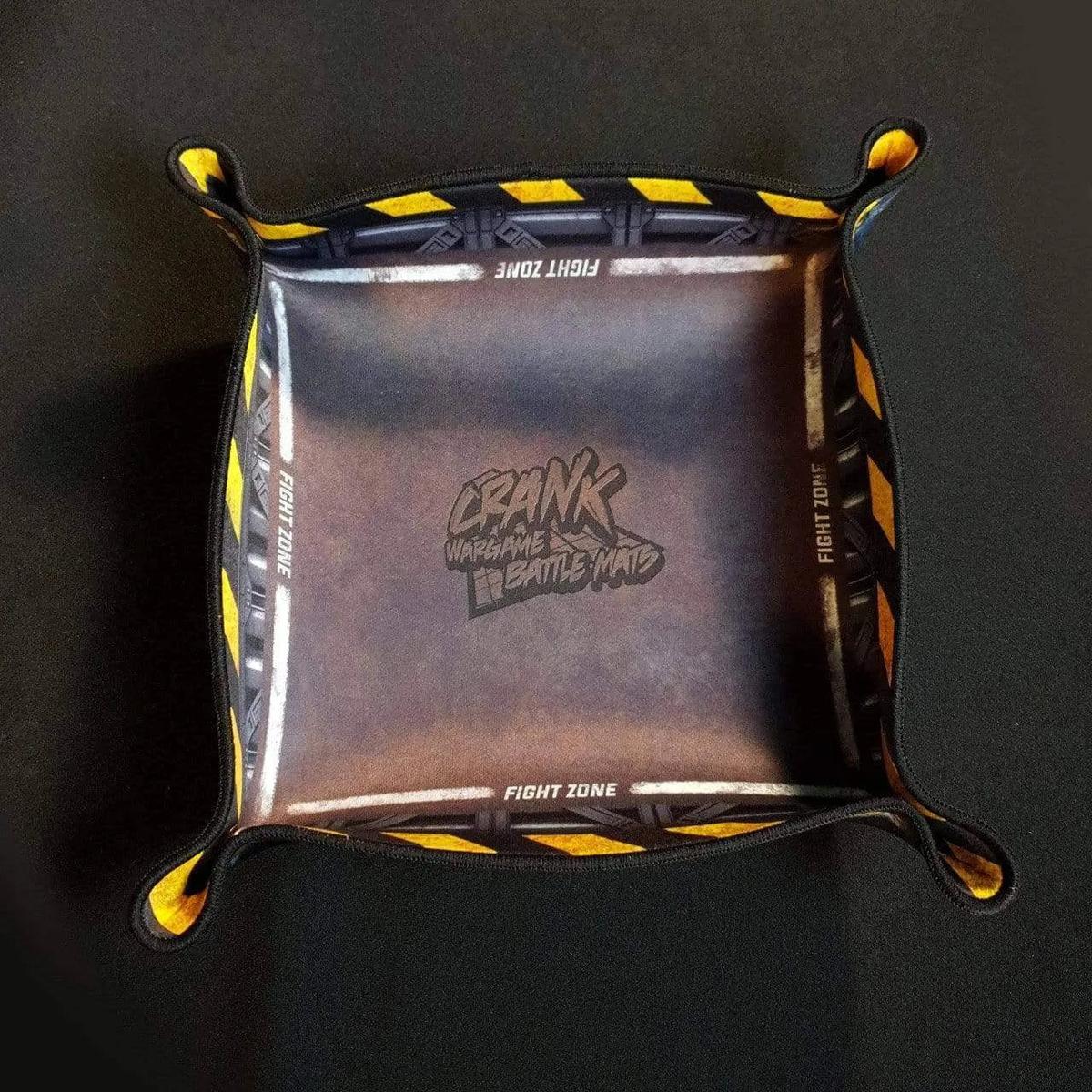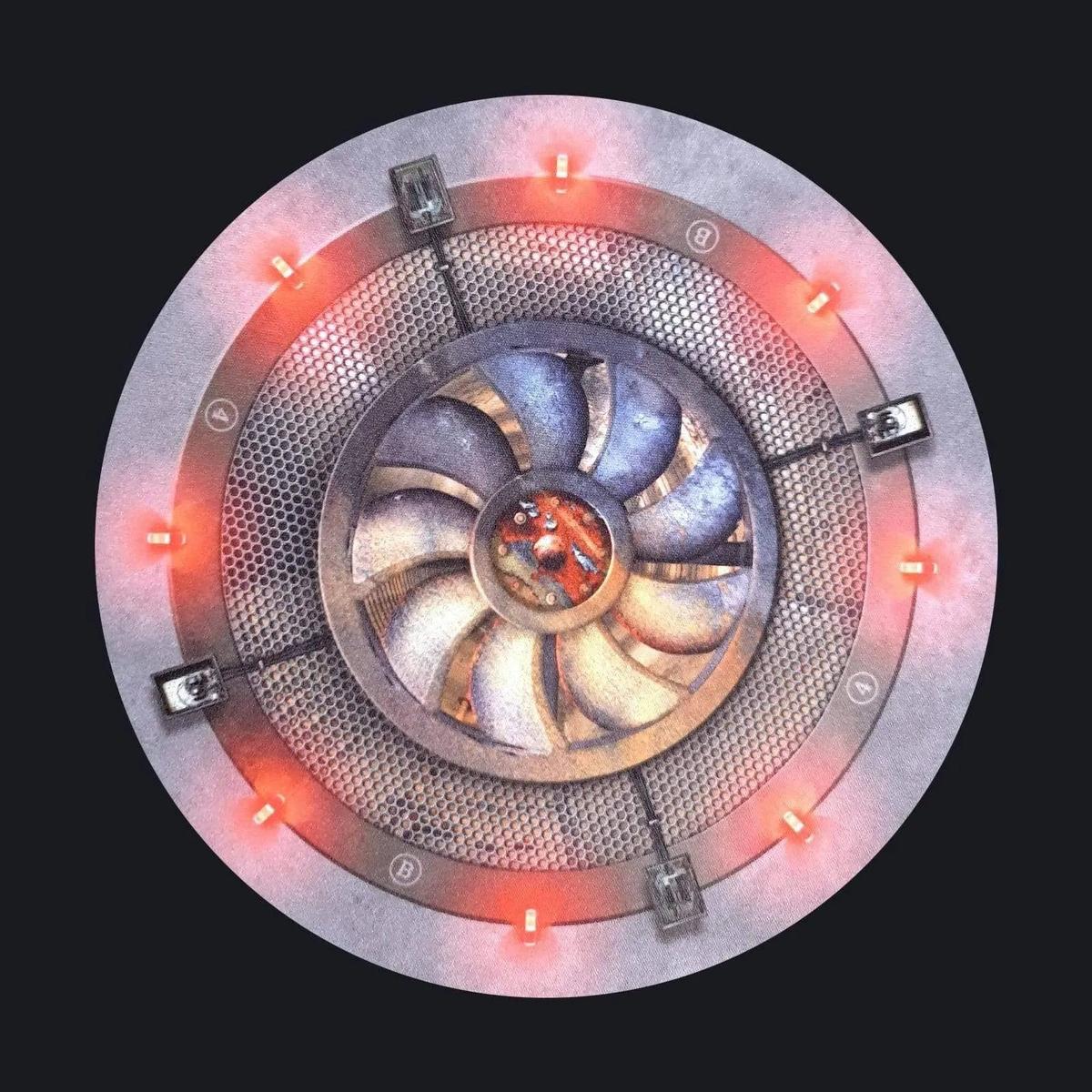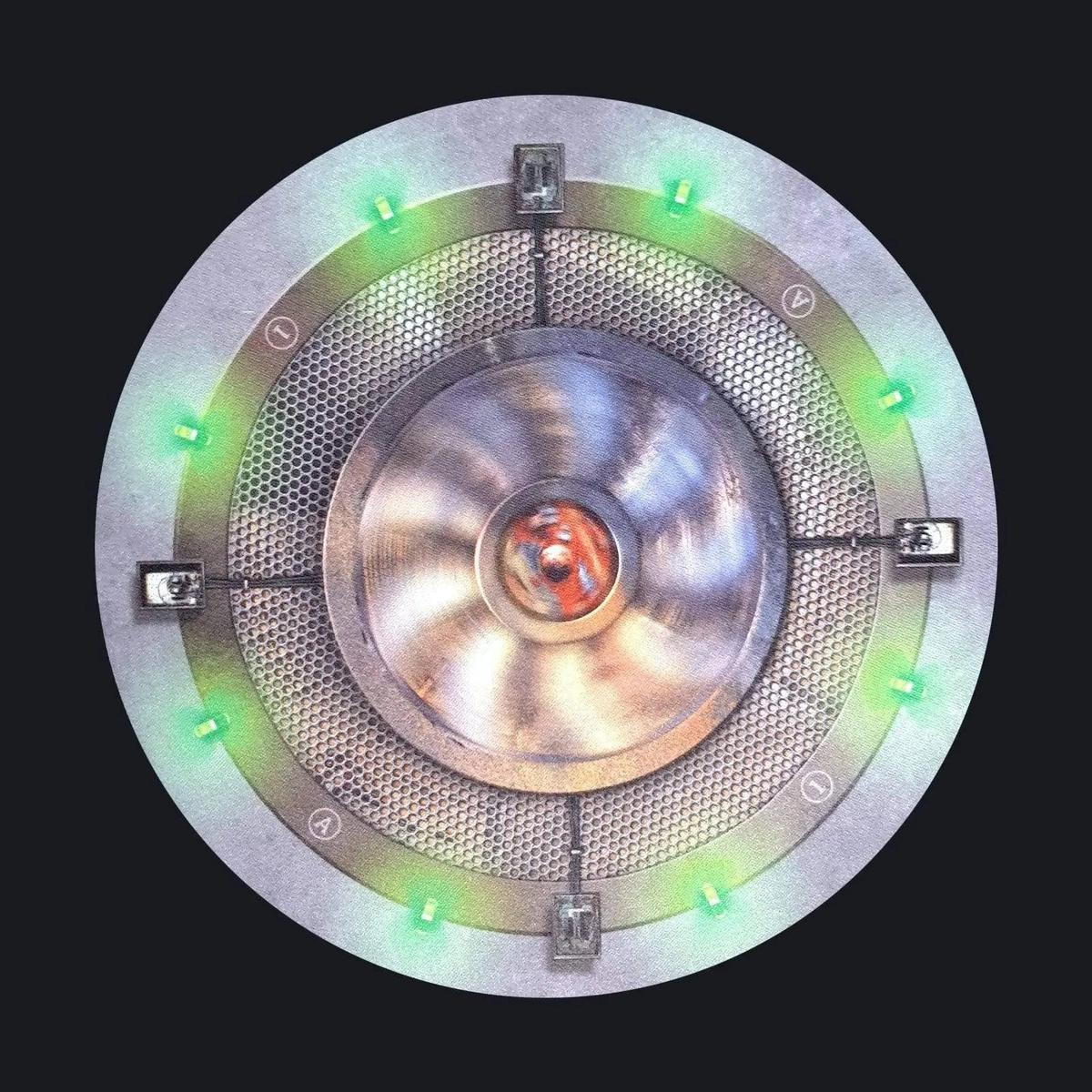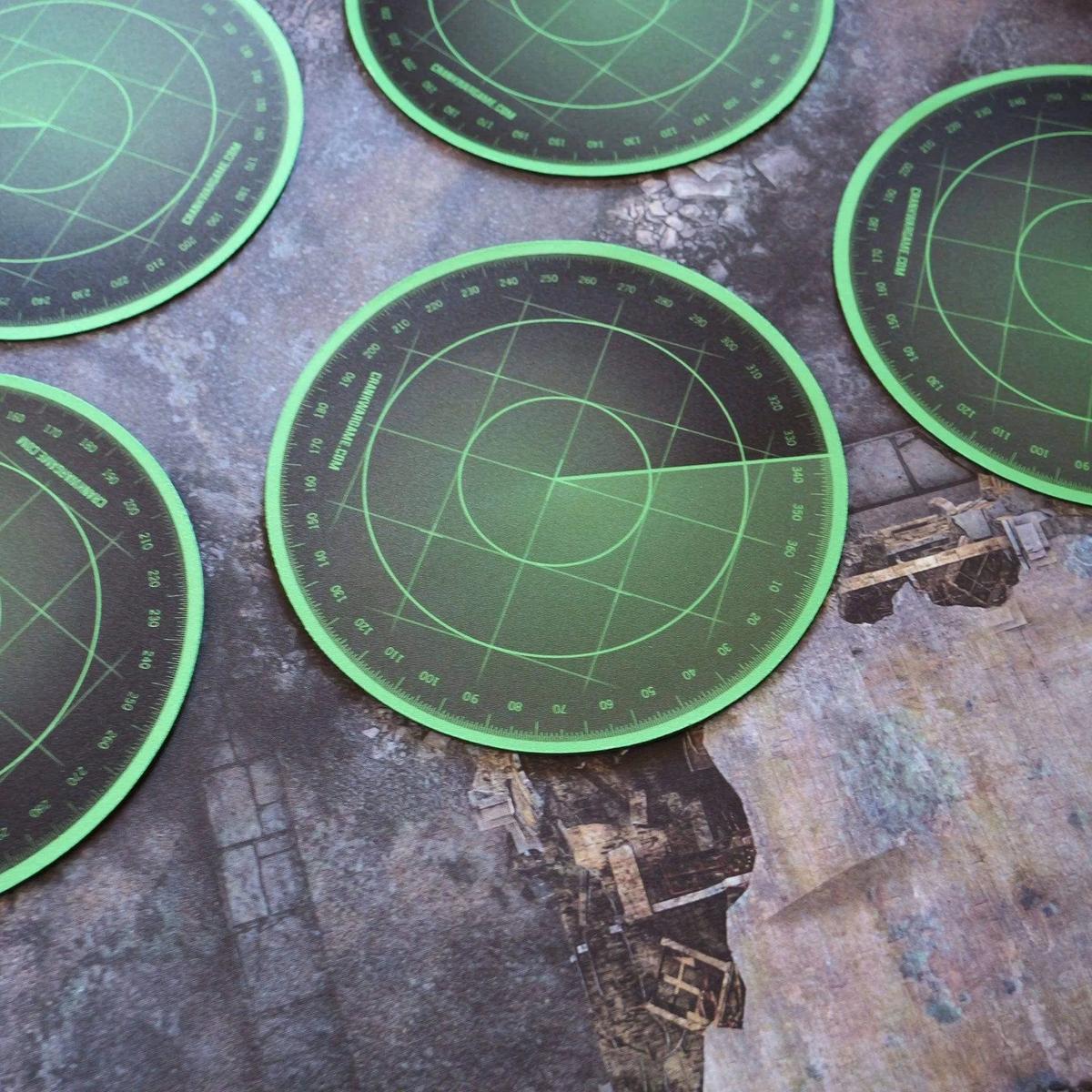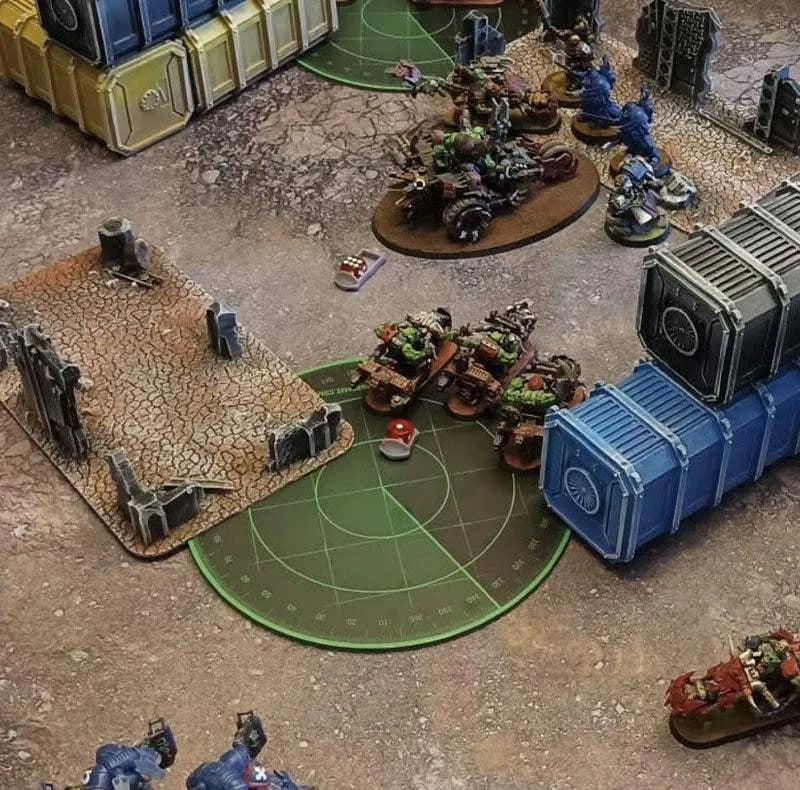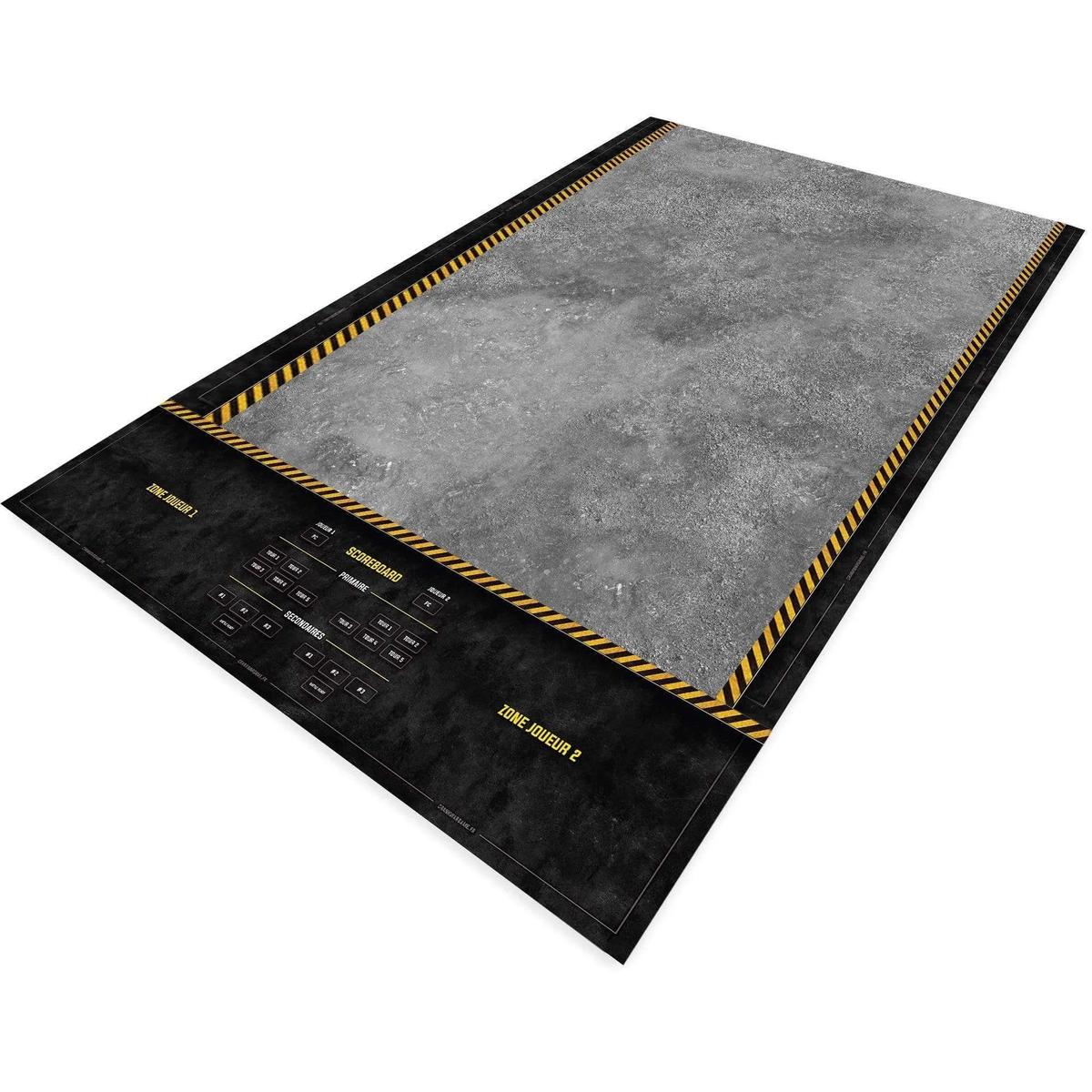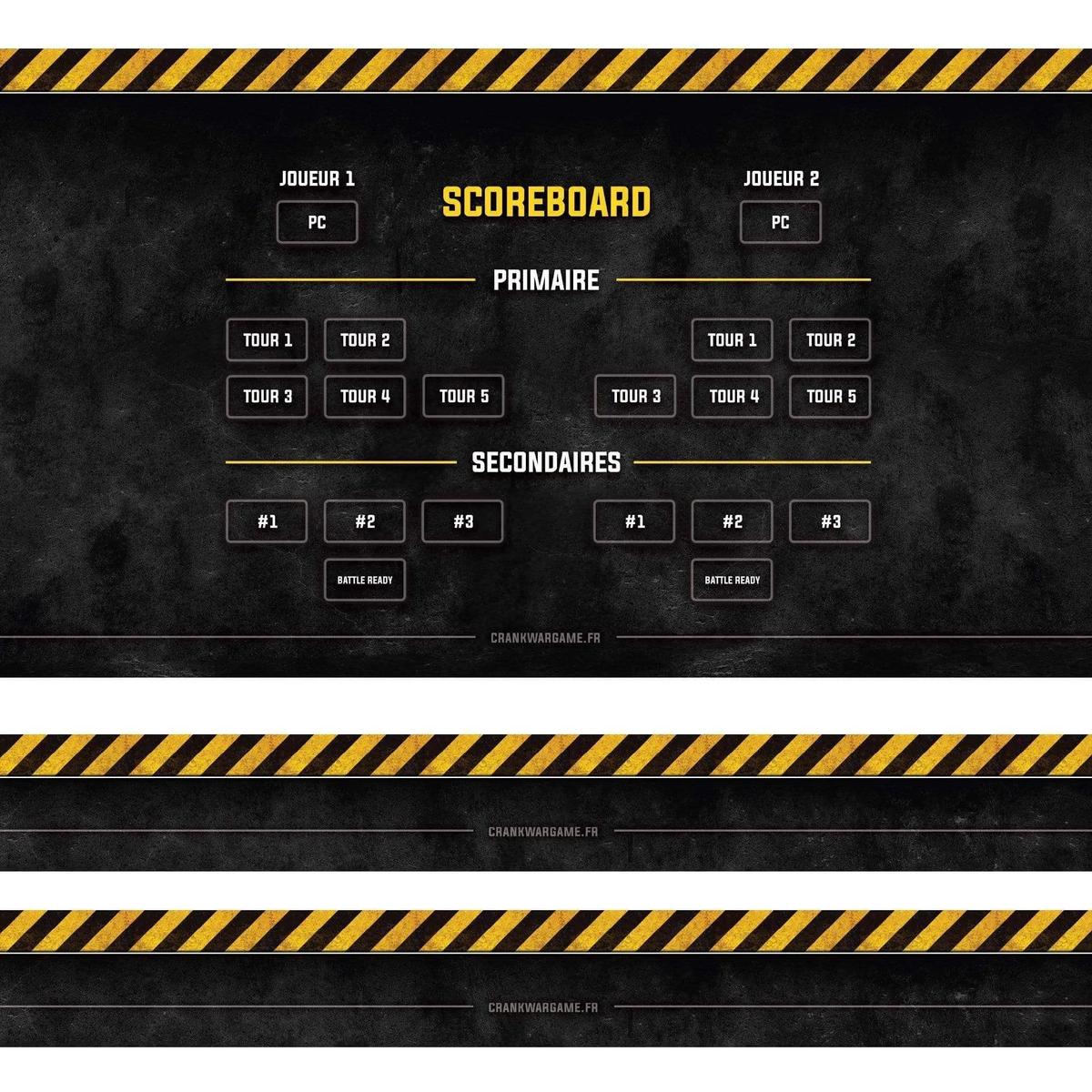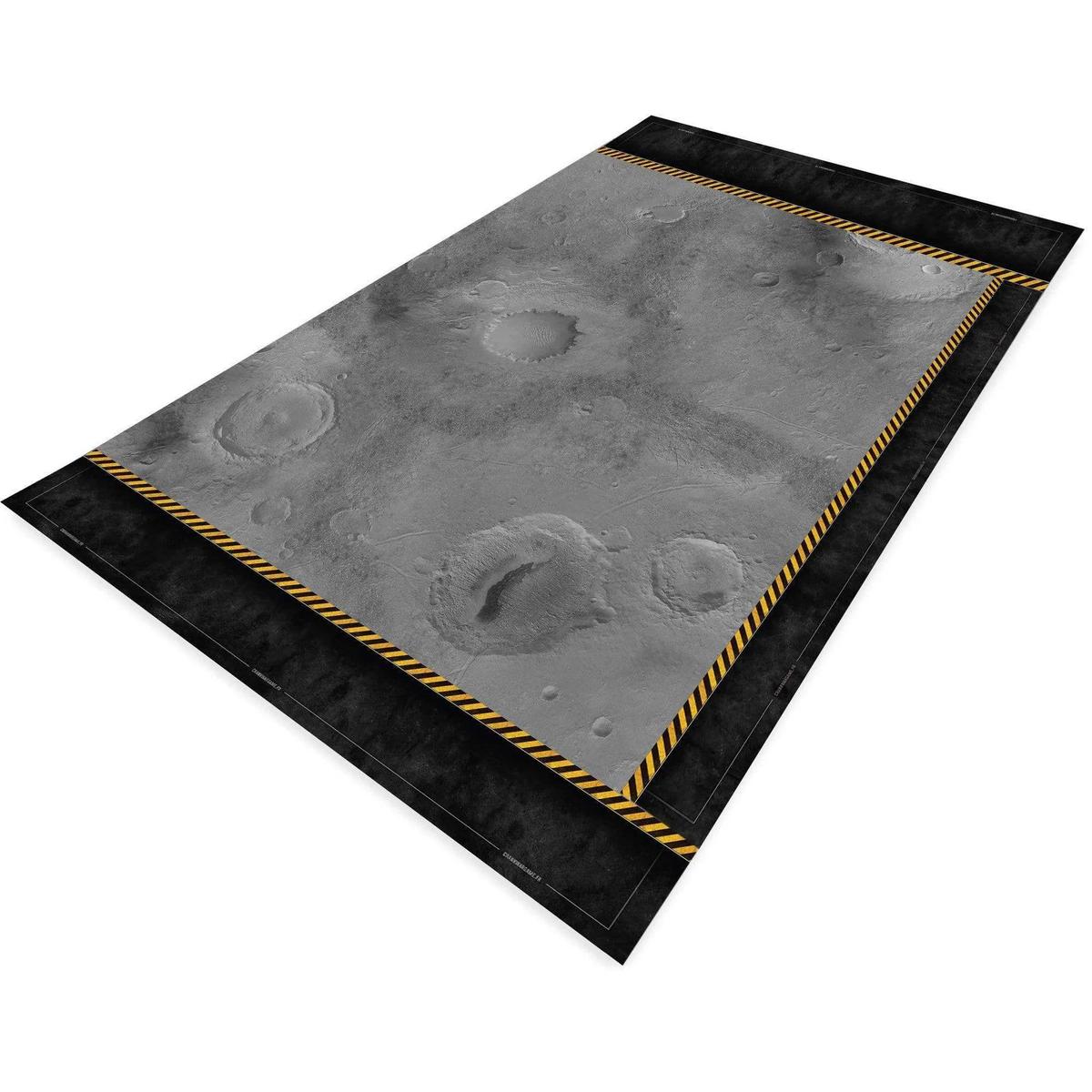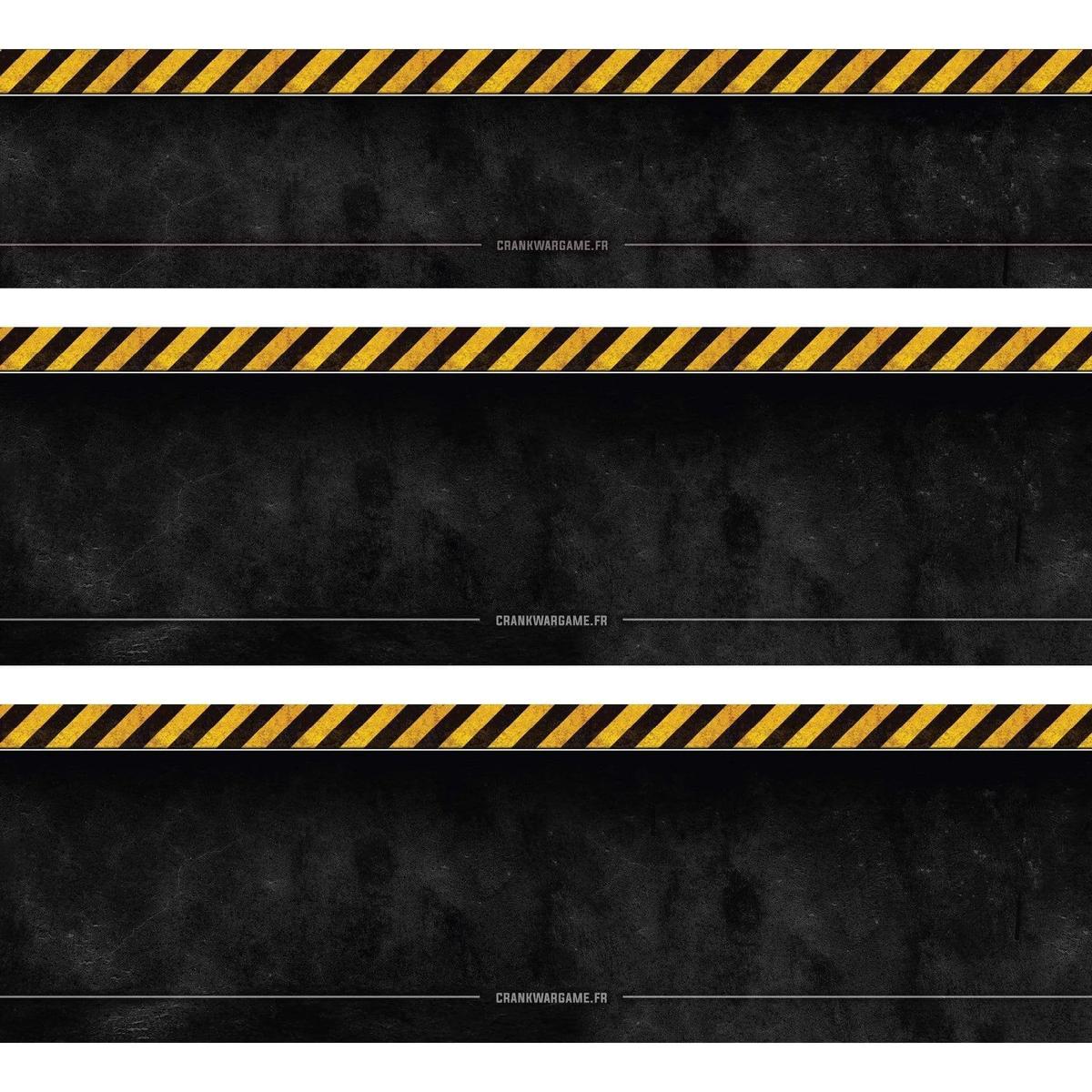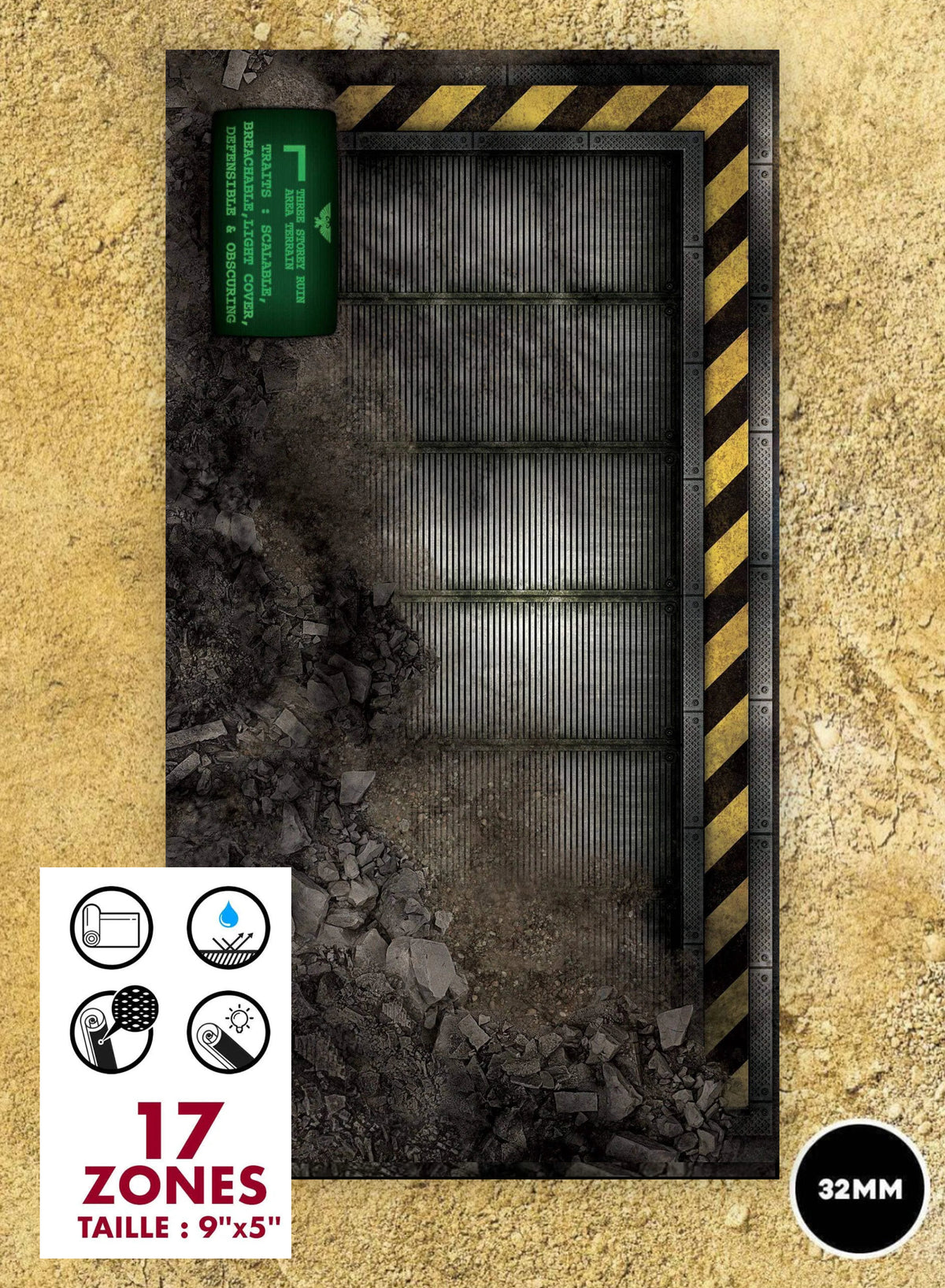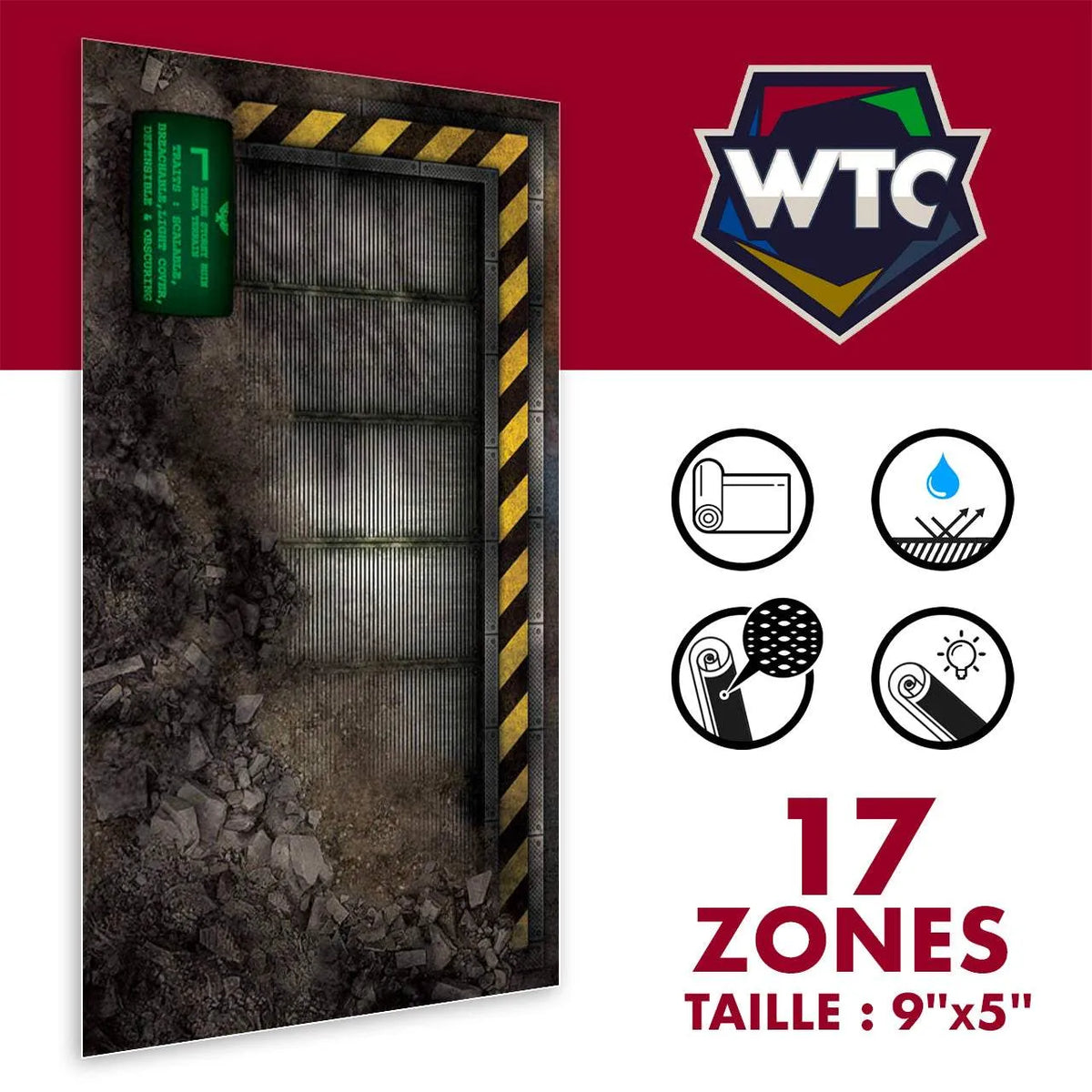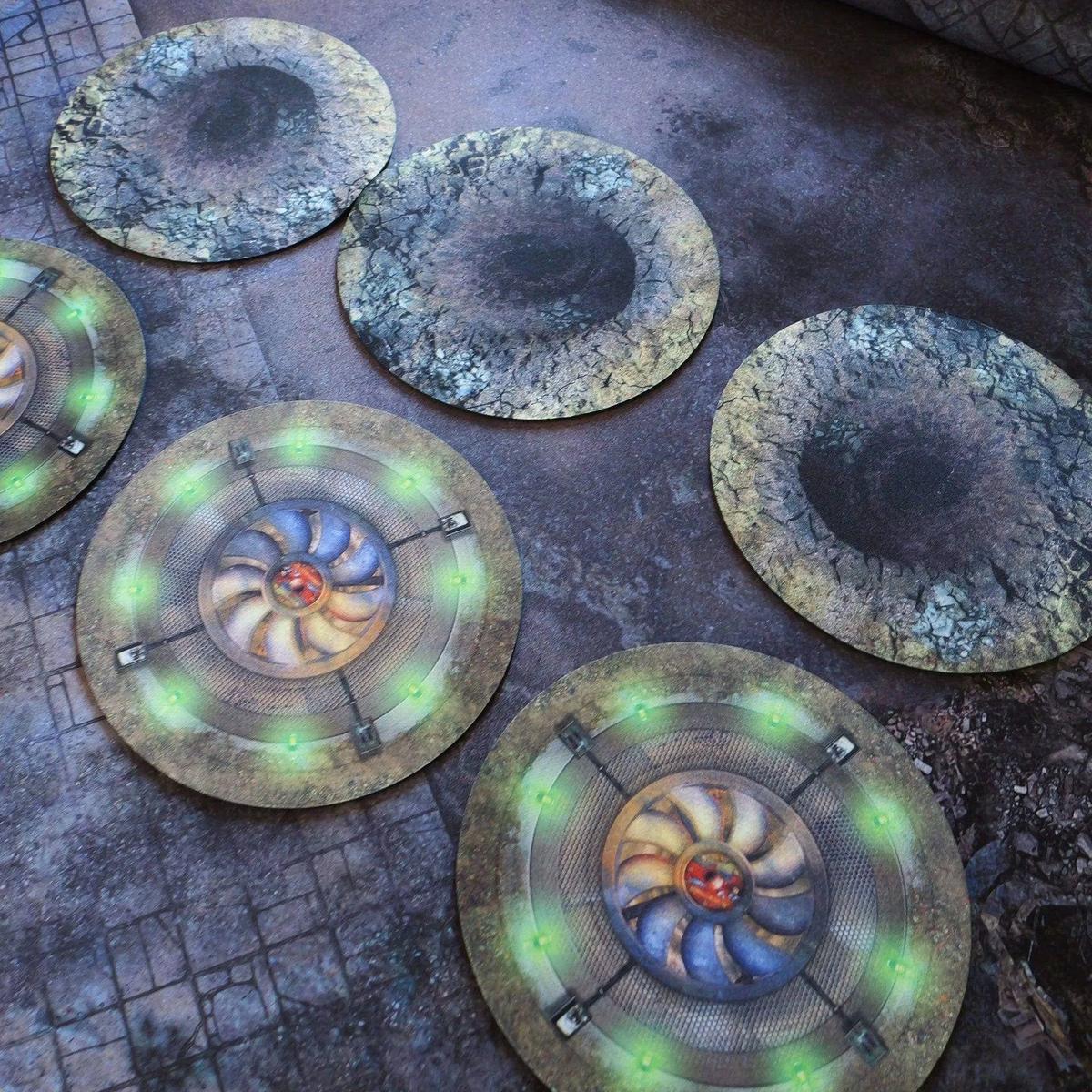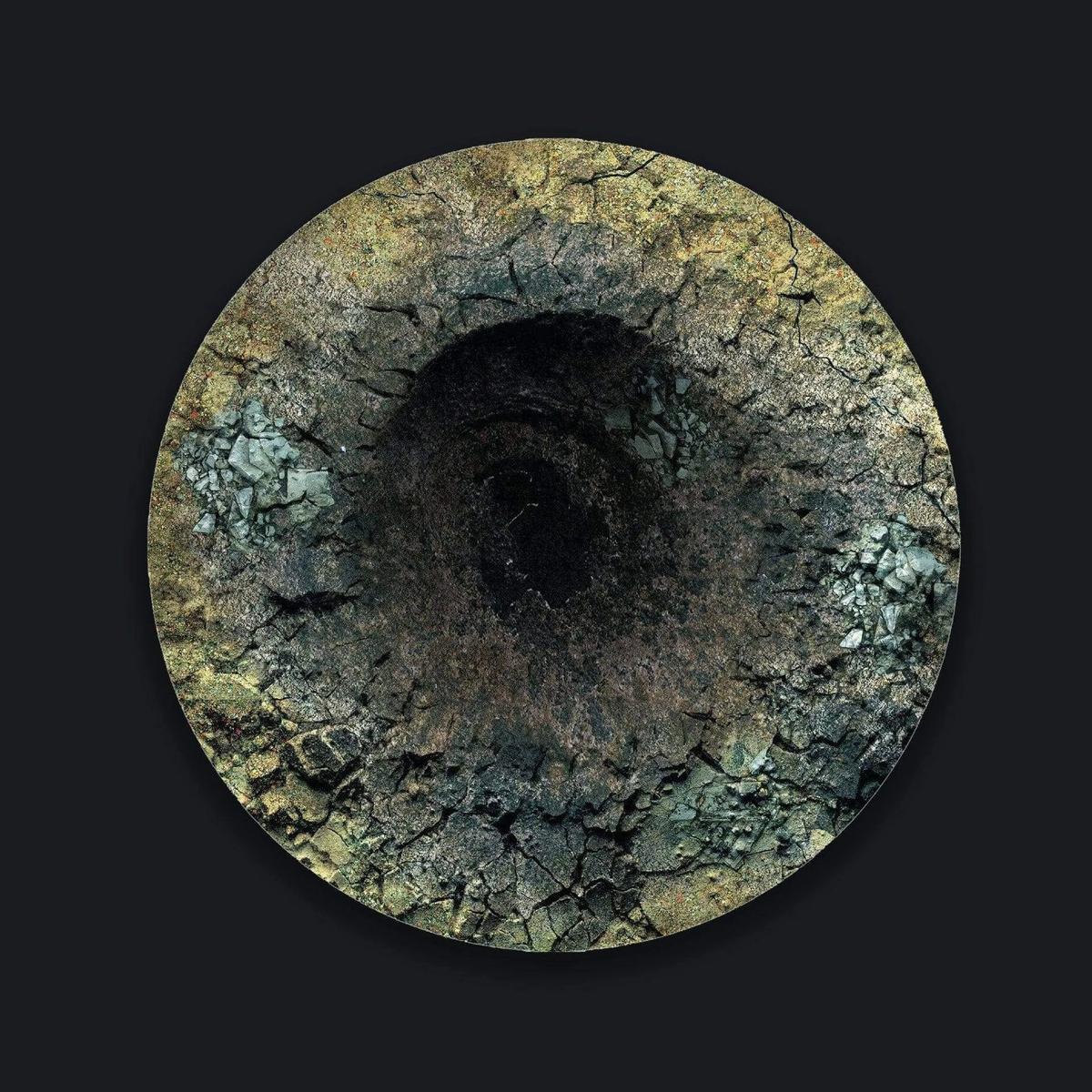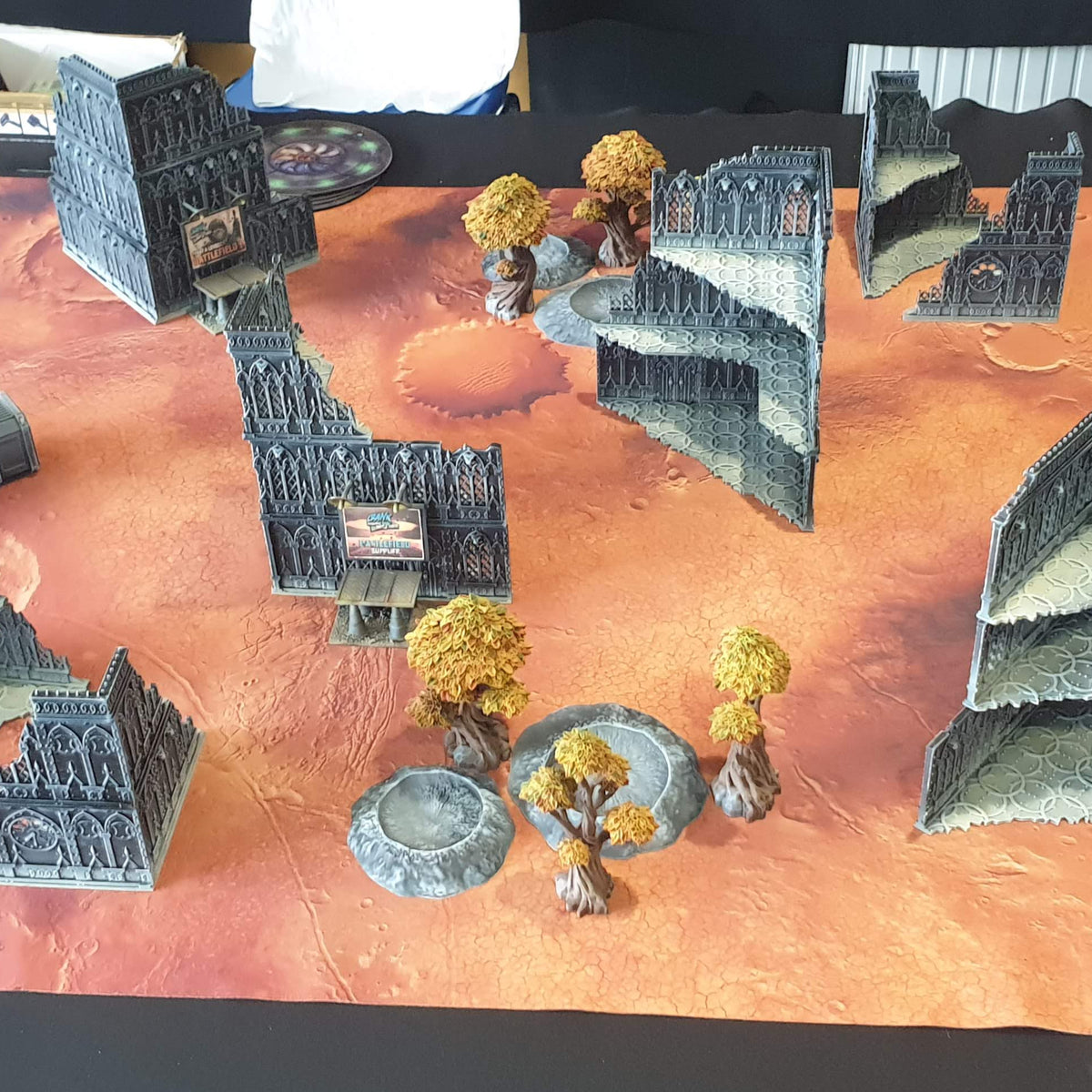- Symmetry : Perfect balance for competitive play. Both players start with identical or mirrored terrain, promoting predictable strategies and quick placement.
- Asymmetry : Varied terrain for immersive scenarios. Each game becomes unique with tactical and narrative challenges, but requires more preparation.
Quick comparison
| Criteria | Symmetry | Asymmetry |
|---|---|---|
| Balance | Equality guaranteed | Can benefit one side |
| Strategy | Predictable | Requires adaptation |
| Immersion | Average | Forte |
| Set up | Fast | More complex |
| Replayability | Limited | Very high |
Conclusion : Symmetry is ideal for tournaments and competitive play, while asymmetry enriches narrative games. Combine these approaches to vary your gaming experiences.
Symmetrical arrangements: advantages and disadvantages
Symmetrical tables, often used in tournaments, offer immediate equality while reducing the variety of tactical options.
Balanced competition and predictable strategies
One of the great things about symmetry is that it ensures equality from the start. According to the official Warhammer 40K guidelines, scenery should cover between 25% and 33% of the total battlefield area. These standardized dimensions make it easy to replicate tournament setups, eliminating terrain-related uncertainties.
However, this predictability can hamper tactical creativity. As Adam Solis explains:
"Another issues is that it can become repetitive and bland, especially if all the tables in the tournament have the same terrain and setup. This can make things monotonous and boring very quickly. You can quickly determine what armies and setups will do well and easily plan for the terrain you know will be there. This doesn't just give players an auto win, as this is still a dice game, but it does benefit some types of armies and players."
In other words, this uniformity helps experienced players quickly identify the best strategies, but it can also make games less dynamic. Beyond this strategic aspect, the visual aspect of symmetrical tables also plays an important role in the overall experience.
Visual appeal for large battles
From an aesthetic perspective, a symmetrical layout creates a sense of order and harmony, which is particularly impressive during large battles, especially on high-quality neoprene playmats . However, this order can be perceived as artificial. Some players feel that this uniformity detracts from the realism of the battlefield. As aeondez notes:
"Symmetrical layouts are nice for preserving game balance, but otherwise are kinda bland. It removes any sense of verisimilitude because realistically every battlefield is going to be asymmetrical."
This dilemma between competitive balance and more realistic visual representation remains one of the main challenges in designing symmetrical tables.
Asymmetrical Layouts: Tactical Variety and Narrative
Unlike symmetry, which offers predictable balance, asymmetry injects a dose of dynamism by offering varied tactical challenges and captivating storytelling. Each encounter thus becomes a unique experience, where unpredictability reigns.
Adapt your tactics according to the terrain
A battlefield with ambush points or off-center objectives forces players to rethink their strategy from the very beginning. For example, one player might choose a defensive approach by exploiting natural cover, while another might rely on speed to outflank and surprise the opponent.
This type of layout eliminates the repetitive strategies often associated with symmetrical terrain. Each game becomes a unique challenge, requiring players to be flexible and resourceful. A neoprene gaming mat, such as those offered by Crank Wargame for universes such as Warhammer 40k and Age of Sigmar , is ideal for realizing these configurations. It provides a stable surface suitable for complex terrain, thus maximizing the impact of asymmetrical layouts.
Enriching immersion with narrative scenarios
Asymmetry shines particularly brightly in the narrative scenarios, recreating realistic military situations: heroic assaults, ambushes in hostile terrain, or even desperate defense missions. These scenarios transform each game into a thrilling chapter in a larger story.
“Attackers attempt to steal these tags, while defenders protect the convoy. The “Rolling Road” mechanic moves the table each turn, creating a dynamic pursuit and encouraging faster units.”
This narrative dimension makes each encounter much more than just a game of points. Players become commanders, faced with specific challenges and immersed in a captivating storyline. The asymmetry of the terrain is no longer just a tactical constraint, but a true storytelling tool, reinforcing immersion in the rich and complex universe of Warhammer .
Comparison of visual appeal, playability and implementation requirements
The debate between symmetry and asymmetry in the configuration of playing fields profoundly influences the player experience. Each approach has its own advantages, whether in terms of aesthetics, strategy, or preparation.
Guidelines for setting up the grounds
Terrain layout is crucial to maximizing the enjoyment and balance of a game. In narrative scenarios where asymmetry dominates, careful placement of elements is essential. The goal is to create interesting strategic areas while avoiding overloading the battlefield.
For symmetrical terrains, a structured approach is recommended. Using a grid allows for a balanced distribution of elements, thus avoiding spaces that are too empty or too cluttered. As Macdaddy C of Goonhammer suggests, this method ensures that every player has equal tactical opportunities.
In the case of Kill Team , an effective setup includes 5-6 heavy terrain pieces and 4-5 lighter ones. Placing a few heavy pieces in the center of the board helps block lines of sight, thus encouraging players to adjust their strategies based on the layout.
Why choose neoprene battle mats?
Once the layout of the field is defined, the choice of playing surface plays a key role. Neoprene mats stand out as the best option thanks to their practical and durable properties. This synthetic material is resistant to oils, heat, and humidity, making it ideal for prolonged games and frequent handling of figures.
Crank Wargame mats are a great example. At 3-4mm thick, they provide a soft surface that protects miniatures from drops and reduces dice noise. Their hydrophobic nature also protects against accidental spills. Unlike cardboard or fabric mats, neoprene doesn't crease, preventing permanent creases that can distort the terrain. As a bonus, these mats are easy to roll up, making them easier to store and transport—a great feature for traveling or tournament players.
Comparison of symmetrical and asymmetrical configurations
Tabletop Terrain expert Laramie Huggins perfectly sums up the importance of good terrain layout:
“Terrain isn’t just scenery; it’s a game-changer in Warhammer 40,000. Proper terrain setup can make games more balanced and strategic, ensuring every player has an equal chance of victory.”
Here's an overview of the key differences between the two types of setups:
| Criteria | Symmetrical arrangements | Asymmetrical arrangements |
|---|---|---|
| Competitive balance | Ensures fair play | May benefit some armies |
| Predictability | Reproducible strategies | Requires constant adaptation |
| Facility | Fast and standardized | Requires precise planning |
| Impact of zone choice | Little effect on deployment | Major influence on strategy |
| Replayability | Can become repetitive | Offers more variety and surprises |
| Visual appeal | May seem artificial | Strengthens narrative immersion |
This table highlights how each approach offers its own advantages, whether for balanced games or immersive scenarios. The final choice will depend on player preferences and the type of experience they want to have.
How to combine the two approaches in your scenarios
Creating compelling scenarios relies on the skill of blending symmetrical and asymmetrical elements. This combination provides competitive balance while preserving the tactical richness that makes each game unique.
Robert "TheChirurgeon" Jones of Goonhammer sums this up well:
"We don't necessarily need the field to be symmetrical if we're not playing in a tournament, but generally we want players to have an equal chance of winning regardless of which side of the table they choose."
The idea here is to prioritize tactical symmetry over visual symmetry. The goal is to pose varied strategic challenges, forcing players to go beyond simple positioning or targeting.
Modular terrains and dynamic objectives
To achieve this tactical balance, modular terrain is an ideal solution. It allows you to easily rearrange elements such as roads, rivers, hills, or plateaus as needed. For example, you can start with a central plateau and move its sections to the edges or corners to refresh the gameplay.
This modularity offers a great deal of freedom for experimentation. By adding changing objectives, you push the strategy even further: moving objectives or changing their nature during the game forces players to adjust their plans in real time. Thus, even an initially symmetrical layout can evolve into an asymmetrical and unpredictable challenge.
Hybrid provisions: concrete examples
To illustrate this approach, consider the NOVA layout. It offers a symmetrical base while also playing with terrain variety, such as woods, hills, and ruins. Heavy elements can be repositioned to fragment sightlines, enriching tactical choices.
Rian Swart, creator of Terrain Showcase , shares an interesting insight:
“My philosophy on map design, in general, is that the map itself should be like a silent third player... it should be invited to play but at the same time give you interesting problems to solve.”
To create balanced strategic areas, you can place heavy elements in the center to limit lines of sight, make central objectives more risky to hold, and place light terrain around objectives to encourage clashes. The board should also offer defensive options for the second player, such as cover to protect their troops and avoid premature losses.
Finally, Crank Wargame mats are particularly practical for these configurations. Their 3 to 4 mm thick neoprene surface guarantees good stability of the elements while facilitating their repositioning between games. A simple and effective solution to boost your scenarios.
sbb-itb-9f5a185
Choosing the right layout for your game
Choosing a field layout is a key element in defining the strategic balance of a game. Whether you choose symmetry, asymmetry, or a mixed approach depends on your goals. For games where fairness is paramount, symmetrical layouts are ideal, as they guarantee equal opportunities for both sides. If, on the other hand, you're looking for a more immersive experience with varied tactical challenges, asymmetrical layouts will force you to constantly adapt your strategies.
Another crucial point: terrain density . Too few elements on the table favor armies capable of long-range shooting, while too much terrain can hinder movement and disadvantage vehicles. The perfect balance is found in a thoughtful combination of line-of-sight blockers, cover zones, and scattered elements. Adjusting this density directly influences the flow and tactical balance of the game.
To check if your setup is balanced, ask yourself this question: would you be willing to play on both sides of the table? A good setup should offer equal advantages and disadvantages, regardless of which side you're on. Even a setup that appears asymmetrical can be tactically balanced if it's well thought out.
Here is an overview of the differences between the types of provisions according to several criteria:
| Criteria | Symmetrical arrangement | Asymmetrical layout | Mixed approach |
|---|---|---|---|
| Competitive balance | Excellent | Variable | Good |
| Narrative immersion | AVERAGE | Excellent | Very good |
| Ease of installation | Easy | Complex | AVERAGE |
| Replayability | Limited | High | Very high |
Reduce the first-round advantage
The first-turn advantage can unbalance a game if not taken into account when creating the scenario. To counter this, make sure the second-starting player has enough hiding places and cover to protect their units. Position 2-3 large line-of-sight blockers in the center of the board and add cover in the deployment zones.
Placement of strategic objectives
Strategic objectives should be positioned to encourage interesting tactical choices. Avoid placing them directly in covered areas. This forces players to choose between protecting themselves and trying to score points, which adds dynamism to the game and prevents it from becoming too static.
Tips for getting started
For your first setups, Crank Wargame playmats are a great option. Their stability and easy repositioning of modular elements make experimentation easier. You can start with layouts inspired by the NOVA format, renowned for their balance, before experimenting with more narrative-focused setups, depending on your tastes.
Finally, don't hesitate to experiment regularly with your group. Finding the configuration that maximizes everyone's enjoyment will not only enrich your games, but also the collective dynamic of your gaming sessions.
FAQs
How does an asymmetrical terrain layout affect gameplay compared to a symmetrical layout?
Land layouts: asymmetrical or symmetrical?
An asymmetrical terrain layout brings its share of challenges and opportunities. It forces players to adjust their strategies according to the specifics of the battlefield. This type of configuration makes games more dynamic and often unpredictable, while also encouraging a more inventive tactical approach.
Conversely, a symmetrical layout provides a perfectly balanced playing field between the two sides. This ensures more direct confrontations and a generally more predictable game flow. This format is ideal for those looking for games focused on fairness and simplicity.
No matter your preference, Crank Wargame's gaming mats, with their immersive designs and premium materials, bring a truly visual and strategic dimension to your gaming sessions.
What are the benefits of a neoprene gaming mat for your Warhammer games?
The Benefits of Neoprene Gaming Mats for Warhammer
Neoprene gaming mats offer a multitude of benefits that can make your Warhammer sessions even more enjoyable and immersive. Here's why they stand out:
- Durable : These mats are designed to withstand the most intense battles. They maintain their quality, even after many games, without showing signs of premature wear.
- Unparalleled gaming comfort : Thanks to their soft, pleasant-to-the-touch surface, they reduce fatigue, even during gaming marathons that stretch for hours.
- Perfect grip : The figurines stay firmly in place, minimizing the risk of accidental movement. This guarantees maximum precision in your strategies.
- Simplified maintenance : Easy to clean, they are stain and water resistant. In case of minor accidents, a simple wipe with a cloth is enough to restore them to their original condition.
- Enhanced visual immersion : With their thematic and detailed designs, these mats add an aesthetic touch to your gaming table, while immersing players in the captivating universe of Warhammer.
Whether you're playing Warhammer 40K or Age of Sigmar , neoprene mats provide a fluidity and immersion that enriches every game. They're not just practical: they transform your table into a truly epic battlefield.
How do you balance a Warhammer game with asymmetrical elements while enriching the strategy and narrative?
How to balance a Warhammer game with asymmetrical elements?
To adjust the balance in a Warhammer game where the factions are unequal in terms of raw power, you need to adjust the scenario objectives. The idea is simple: assign each faction specific missions that play to its strengths while introducing challenges tailored to its weaknesses. For example, a fast-moving army might be tasked with capturing several strategic points, while a more defensive faction might focus on holding a key position. This adds a strategic dimension and makes games more immersive.
Another element not to be overlooked: visuals. Well-designed playmats and modular backdrops can transform the experience. These accessories don't just enhance aesthetics; they also enhance immersion by providing a vivid setting for your battles. By blending storytelling and strategy, you create balanced and memorable games, where every player feels fully engaged.
